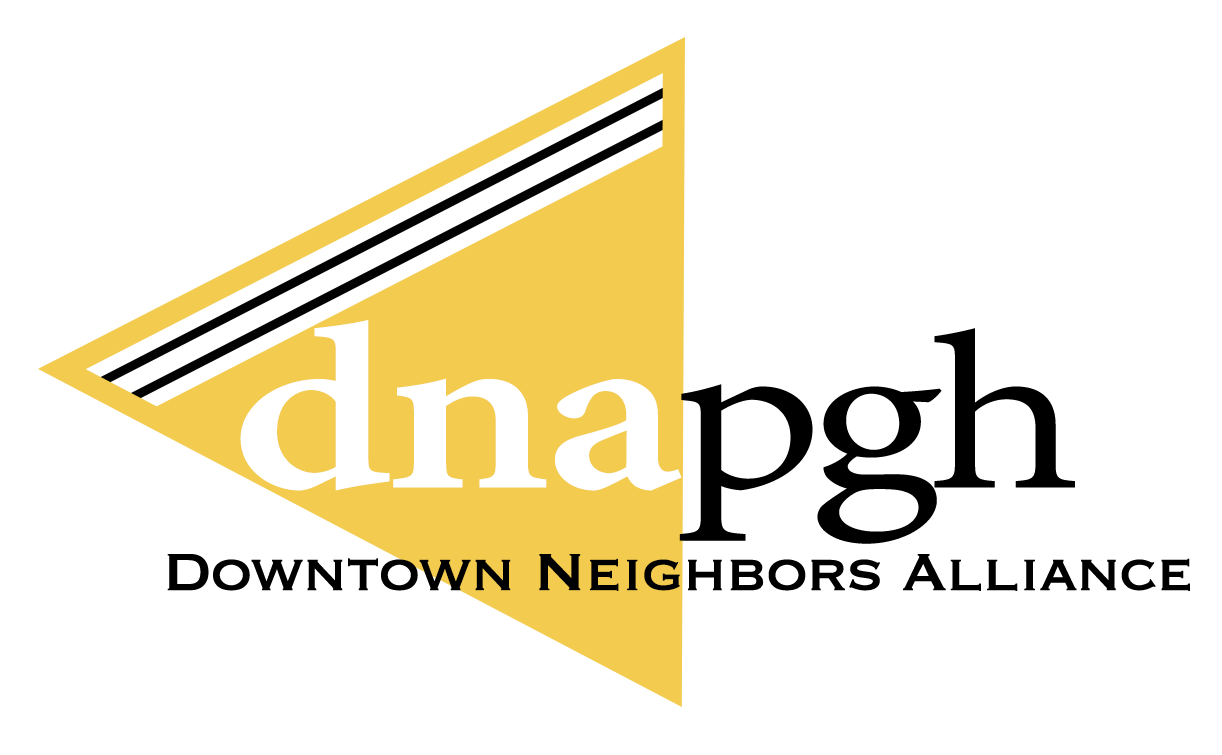A Deep Dive into Pittsburgh’s Unknown Chinatown and What Remains Today
By Olivia Miller
Cities like New York City and San Francisco are famous for their Chinatown neighborhoods. Did you know that Pittsburgh used to have a vibrant Chinatown as well? You may have seen the plaque as you walk down Third Avenue or stop in for a meal at Chinatown Inn, but few know the story of Pittsburgh’s Chinatown and what still remains of it today.
Pittsburgh’s Chinatown began to bloom as immigrants came to the area during Pittsburgh’s manufacturing boom during the late 1800s. Over half of the approximate 300 people who came to Pittsburgh at the time lived Downtown, mostly on Second and Third Avenue. Here, they established some of twentieth century Pittsburghers’ favorite Chinese restaurants, where a filling meal cost just over a dollar.
In 1920, Chinatown was at its peak with over 500 Chinese residents living Downtown. They had their own form of government with unofficial mayors who served as middlemen between Pittsburgh government officials and residents who did not speak English. They also had two main fraternal organizations: the On Leong Labor and Merchants Association and the Hip Sing Association. Though there were many violent clashes between the two groups, they ultimately joined forces later on in the 1980s.
However, just as fast as Chinatown was growing, its demise came about just as quickly. This was primarily attributed to the construction of the Boulevard of the Allies, which cut through the area. Chinatown began to dwindle, not only in population, but also in political power as city meeting minutes show that the community was not considered when planning the road’s location. By the late 1950s, there were only 30 Chinese people left living in Chinatown.
Now a century after its creation, all that remains of Chinatown is the Chinatown Inn restaurant. This restaurant pays homage to its heritage as the former On Leong Labor and Merchants Association building with its pagoda-style roofing with ornate carvings. Down the street, the former Hong Kong Express 2 Building still reflects its history as the past Hip Sing Association headquarters with its Hanzi banner at the top of the building. A plaque has also been erected outside to educate passerbyers about the rich, past history of the area.

